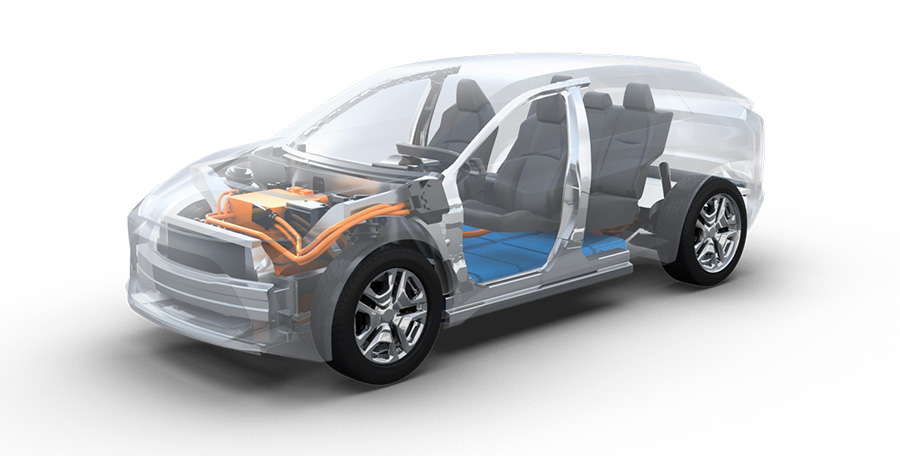Superior Essex Agrees to Acquire Remaining Ownership Stake in Essex Furukawa Global Joint Venture from Furukawa Electric
ATLANTA — Superior Essex, a global leader in the magnet wire and communic...
Leading car manufacturers Toyota and Subaru announced that the two companies will work together in the creation of a new electric vehicle platform, combining the all-wheel drive expertise of Subaru with the EV advancements being made at Toyota.
The program was titled “e-TNGA” and will look to target mid-size car, large passenger vehicles, as well as development of a C-segment-class SUV model — with a goal of 1 million units sold by 2025. The two companies have worked together in the past to develop the Toyota 86 and the Subaru BRZ in 2012 as well as the Crosstrek Hybrid released by Subaru.
“The automotive industry is in the midst of a once-in-a-century period of profound transformation,” the Toyota press release read. “Starting with responses to the new CASE domains of car connectivity, autonomous or assisted driving, new mobility or car-sharing, and electrified powertrains and components, both Subaru and Toyota are required to conduct technological development with a sense of speed across a broader-than-ever spectrum of initiatives. Building on their collaborative ties thus far deepened, the agreement announced today represents a new area of collaboration that especially focuses on the urgent need to respond to CASE’s “E” domain, or electrified powertrains and components.”
The platform is designed to set a standard base for most all body types to be placed upon, which will allow for maximum modification with minimum waste or future development costs.
According to its renderings, there are predetermined fixed points on the car with some fluidity for others. The motor and battery mounts are going to remain consistent while wheelbase, front and rear overhands, and the overall vehicle width can change. It also allows for motor size adjustments.
The platform itself is reminiscent of the Tesla 3 model as well as that used by the Volkswagen MEB as the batteries are located between the axles in the floor and there are two motors available for rear and four-wheel drive. The difference appears that there will be an opportunity for front-wheel drive.
“To respond with a sense of speed to the diversifying needs of these markets and to multiple challenges, both Subaru and Toyota believe that it is necessary to pursue a business model that goes beyond convention, crossing over industrial boundaries together with various types of other entities that share their aspirations,” the Toyota statement continued. “As a first step in this direction, while accelerating productization by bringing together technologies that represent each company’s strengths and cooperating where possible, the two companies will jointly develop a BEV-dedicated platform.”
Additionally, Toyota announced that it was going to release a trio of ultra-compact cars as well as three walking-area EVs to be released in Japan by 2020.
The cars included a two-person compact that can is designed for short distances and errand running, a black business concept model, and an “i-ROAD,” covered three-wheeler with 31 miles of max cruising range.
Its walking-area EVs will be a stand-up concept, a seated option as well as wheelchair-linked types to come in 2021.
For more information, visit the business sites for Toyota and Subaru.
Check out Essex solutions for EVs, Hybrids, and other electrified commercial vehicles.
